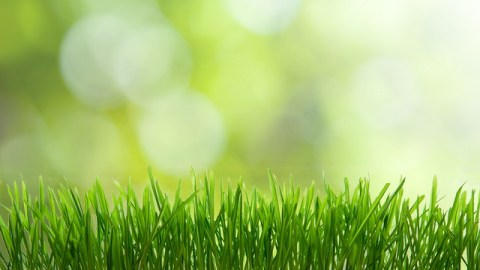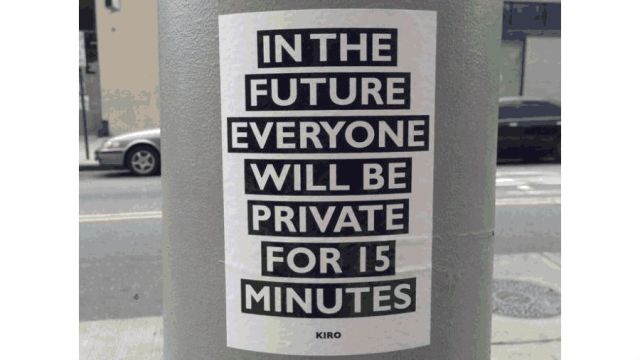What’s Up With All These Boring Front Yards?

What’s the Latest Development?
A series of recent studies takes a look at front and back yards in several American cities in an attempt to understand the various factors behind what may be a homogenizing trend across the country. One study, conducted by researcher Will Pearse, examined plant samples in cities including Minneapolis-St. Paul and Miami. Based on preliminary results, he found that although different cities’ plant life may appear diverse, evolutionarily speaking they’re all fairly closely related. Anthropologist Laura Ogden notes that one reason for this may be big-box garden centers, which are “where most of us go for our plants, the products we use on our plants and lawns, and where we get some of our information about yard management.”
What’s the Big Idea?
Ogden also points out the social issue: “The front yard is like the living room people have in their house that no one uses.” Homeowners’ associations play some part in this; a survey done in Phoenix revealed that 20 percent had specific rules about lawns. Often, there are also “legacy” plants and shrubs that were installed with a house and may remain there for decades. The researchers recommend that all these factors be included when considering urban environmental diversity in building and landscaping.
Photo Credit: Shutterstock.com





